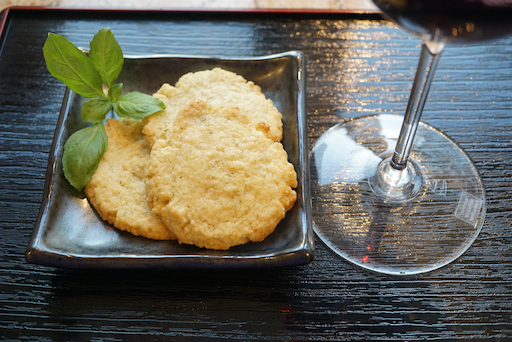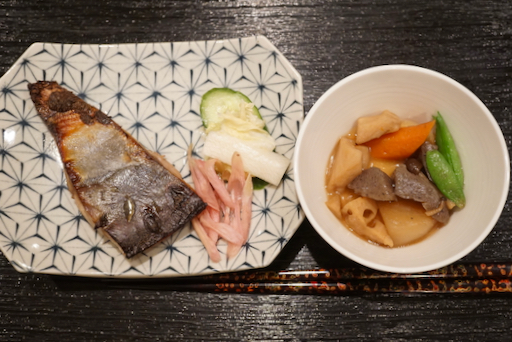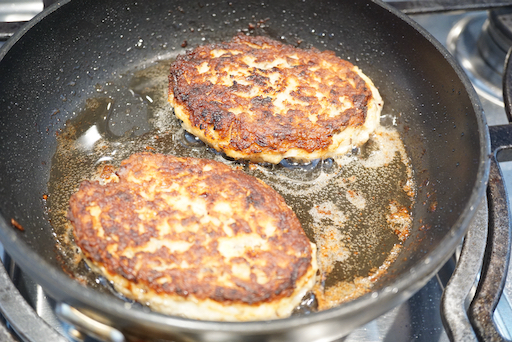Because of Covid, it is not possible to go to a restaurant for a “sit down” meal so, instead, we are doing “take-out” sashimi and sushi from Tako Grill regularly. Since Mr. Segawa’s restaurant is essentially closed for sit down customers, he expanded his business into groceries by adding frozen and refrigerated cabinets stocked with many Japanese grocery items. Every time I go there, I get some of these in addition to the take-out. One such time, Mr. Segawa was kind enough to include some matsutake soup that he made. It was really good. Besides all the lovely ingredients such as matsutake 松茸, chicken, "edamame" it also included "ginnan" ginko nuts. We love ginko nuts! Having them in the soup reminded us that we used to get canned boiled "gin-nan" 銀杏 ginko nuts. For some reason they have totally disappeared and we have not had ginko nuts for quite some time. I asked Mr. Segawa, if we could buy ginko nuts as groceries from him. He was good enough to provide some with the shells on (see below). We were delighted but, to be honest, I have never dealt with ginko nuts in the shell.
So I quickly searched on-line and found three ways to prepare them: 1. Place the ginko nuts in a paper envelope and microwave it until the shell cracks. 2. Dry roast them in a frying pan until the shell cracks, 3. Crack the shell remove the nuts and gently boil for few minutes making sure the nuts are submerged all the time and then remove the brown inner skin while hot. I tried the 2nd method on some of the nuts, i.e. dry roasting them in a frying pan. The shells did not crack (although one did "explode"—quite impressive). I cracked open the remaining un-cracked nuts but they were over cooked, dry, with burned spots and taste. So, I decided to try the third method.
I cracked the shells using the kitchen scissors which has a nut cracking device near the handles. It was not too difficult but I had to be careful not to damage the nuts inside. Some of the brown inner skin came off when the shell was remove but, for many, the brown skin remained (picture below).
I then placed the nuts in salted gently boiling water. They stayed submerged without much intervention.
After few minutes, I drained the nuts and using a sheet of paper towel, removed the inner brown skin.
This was a success. Here I used them to top cold chawanmushi 茶碗蒸し along with edamame 枝豆 and ikura.
We really enjoyed this. Definitely the taste of autumn.

























